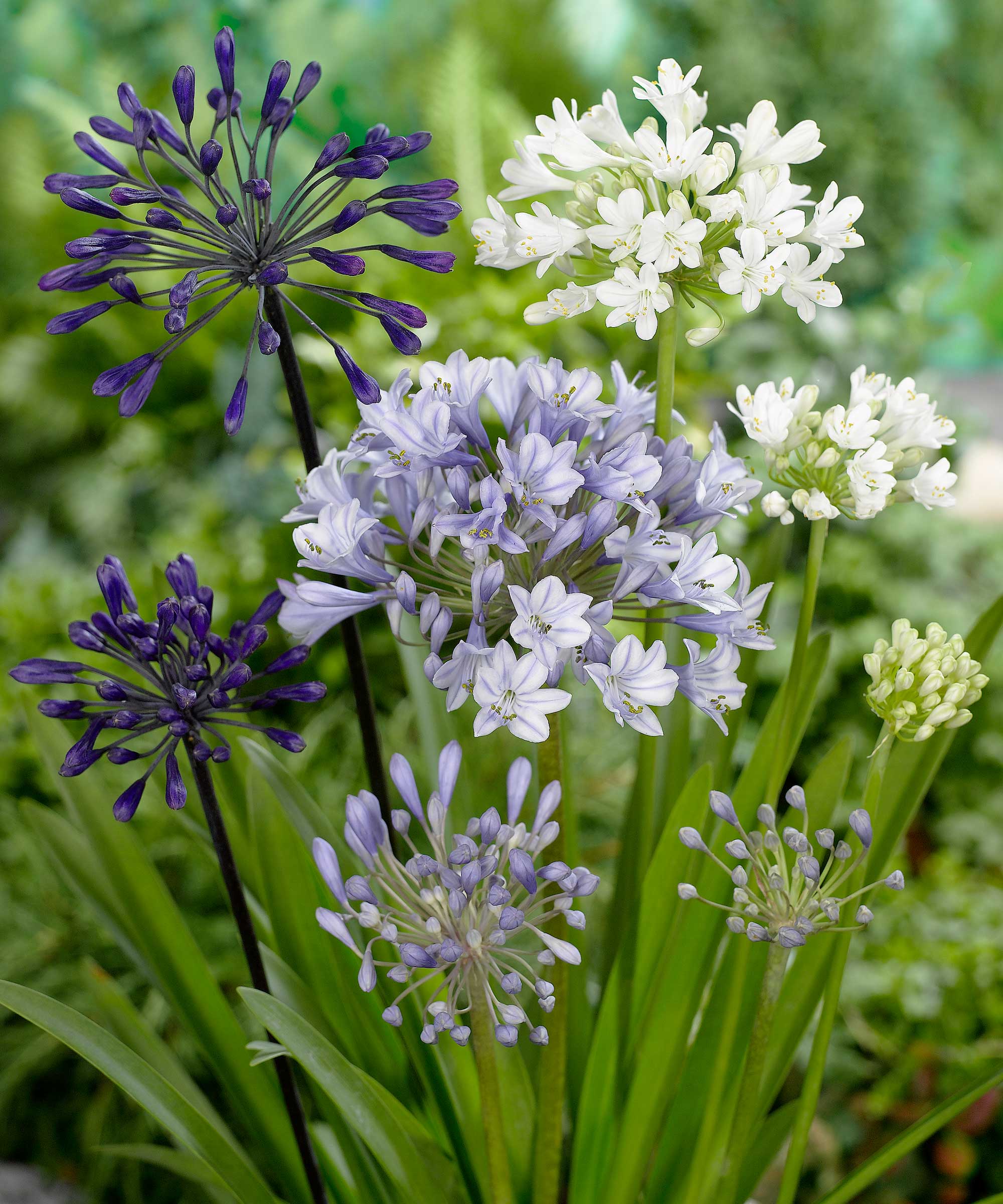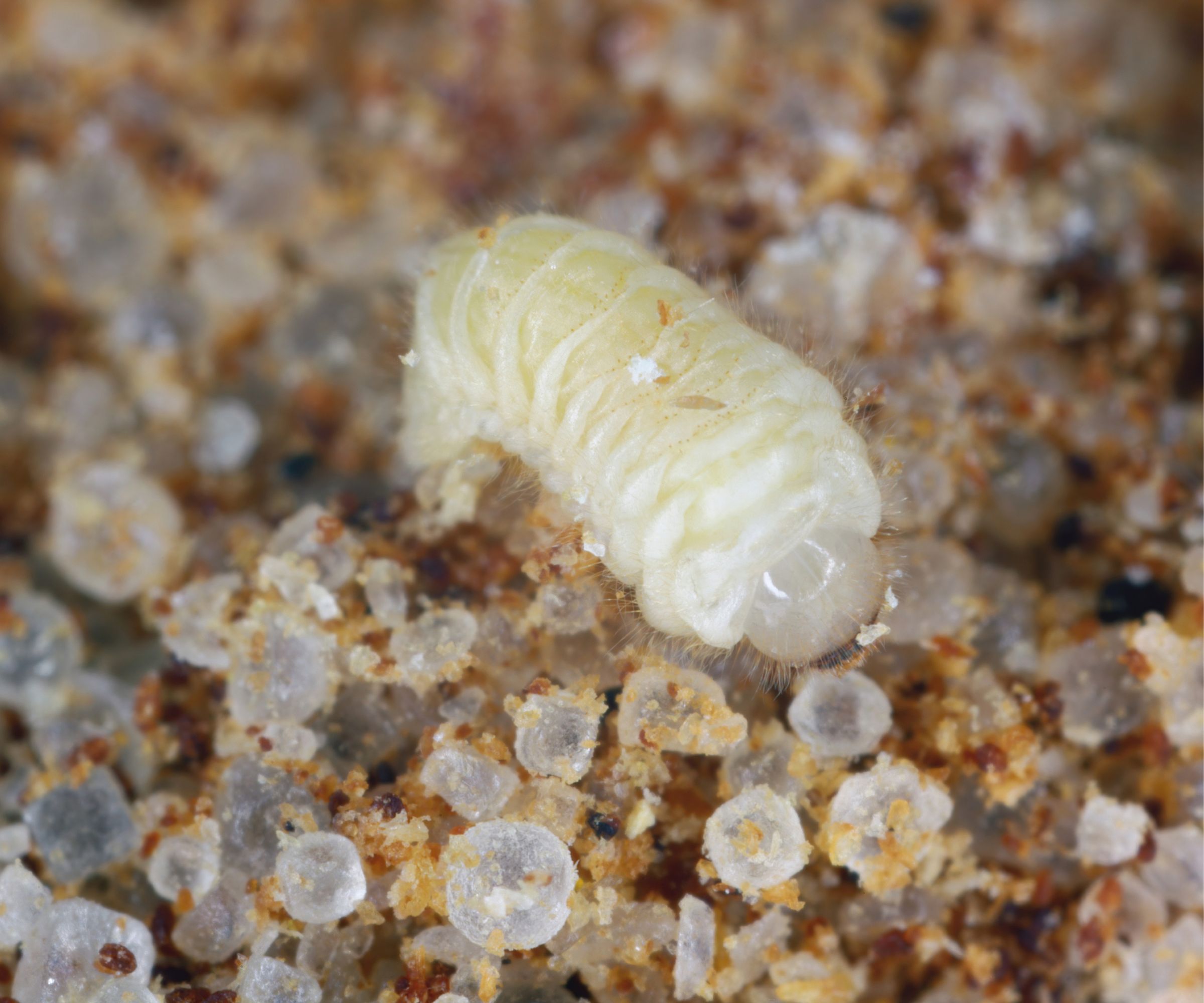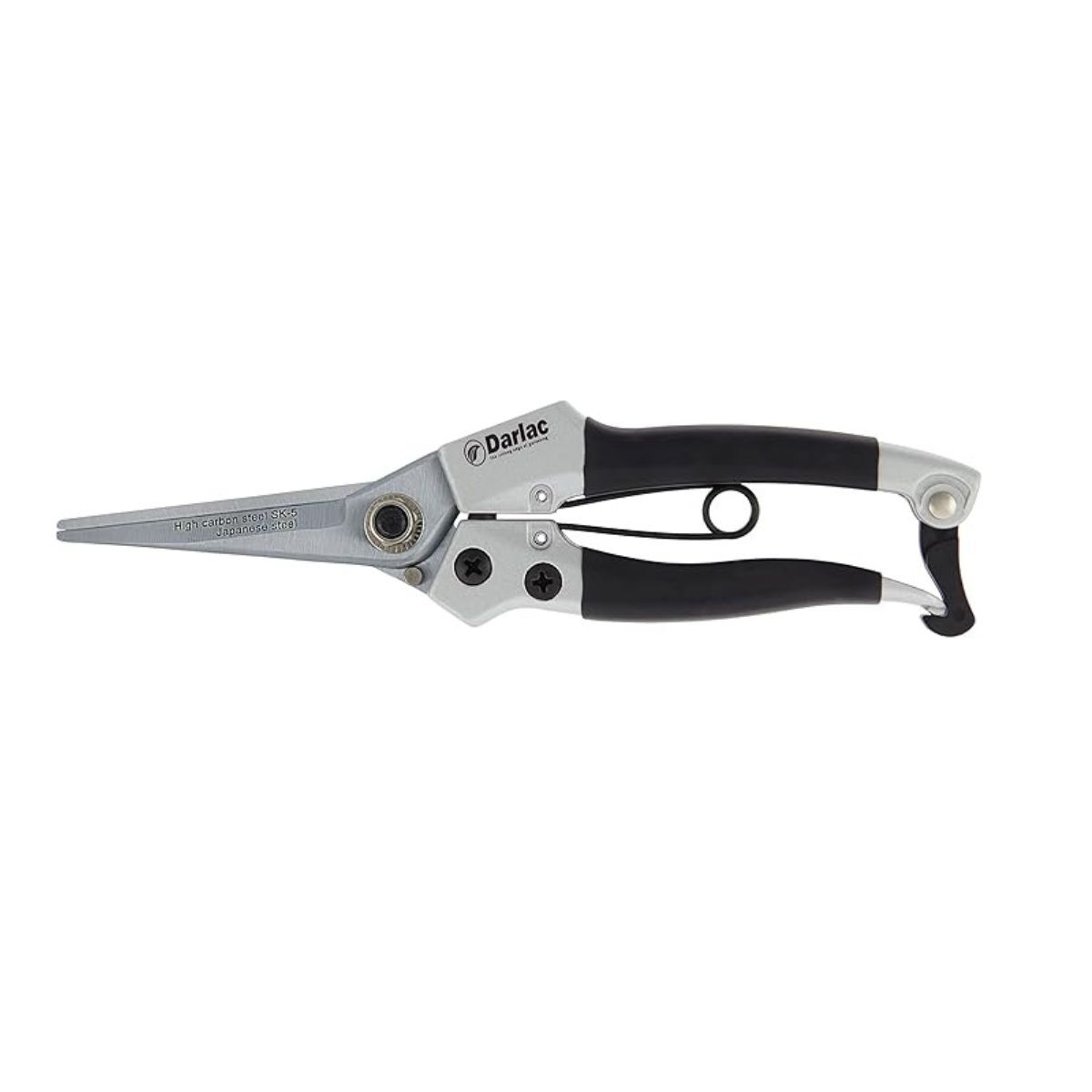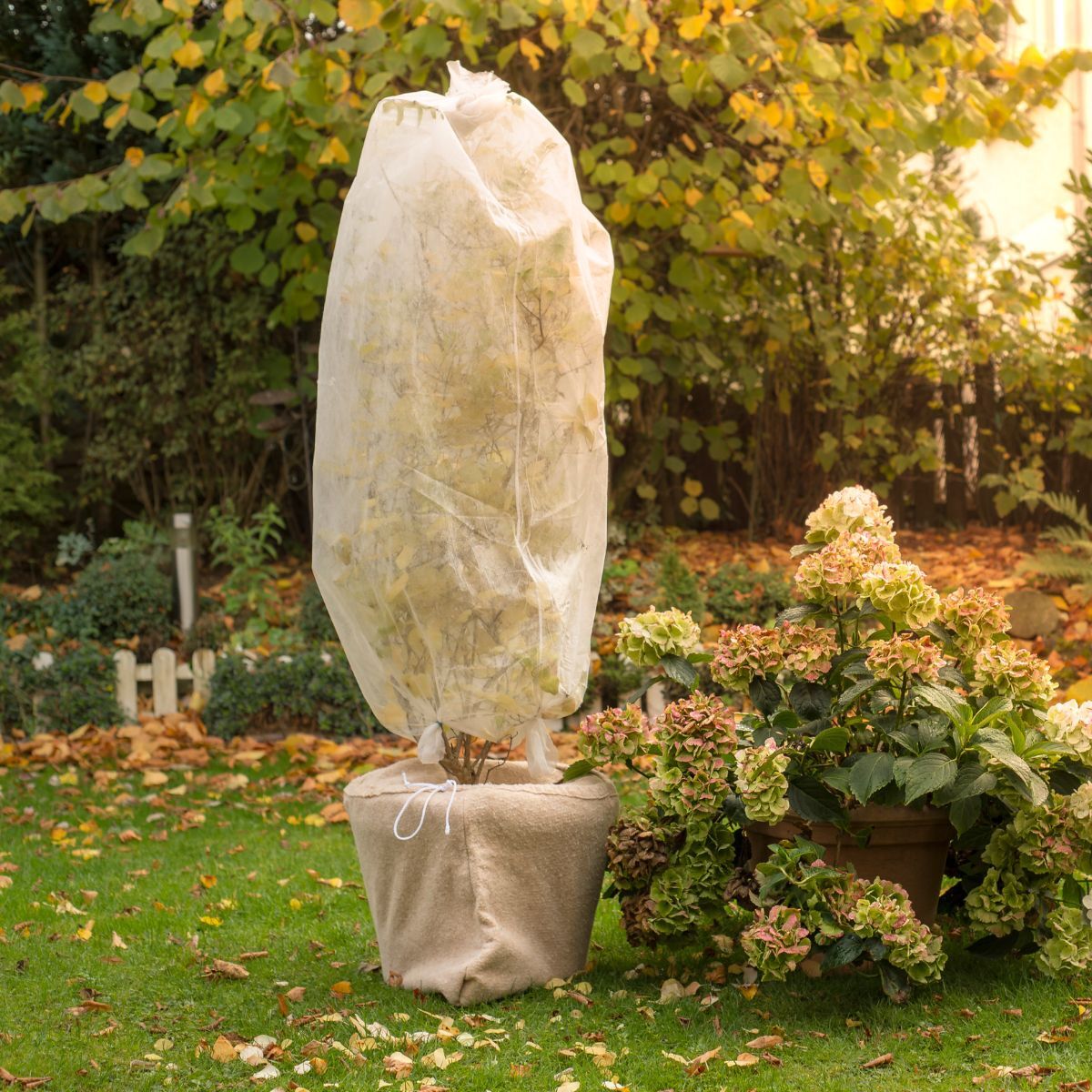My agapanthus didn't bloom this year, and there is one reason why – here's what I am doing to stop agapanthus gall midge ruining next year's flowers
Here's how I removed agapanthus gall midge from my yard this year


My garden is looking the best it's ever looked, if I do say so myself. The plants are throwing out the very last of their summer blooms, and all the chlorophyll-rich foliage is looking lush and verdant after having been drenched in sunshine and rain for the past few months. I like to think of my little city garden as a little slice of paradise. That said, there's always a serpent lurking in Eden.
My beloved agapanthus are not flowering, and haven't done so this summer at all. I grow four agapanthus varieties in my garden, and all of them have sulked and refused to flower. Panic set in when I noticed maggot-like bugs creeping all over them, so I took to the internet, ears steaming. My agapanthus, it would seem, has succumbed to the agapanthus gall midge. Its diminutive size belies its character, since this garden pest is particularly damaging and incredibly hard to get rid of.
It would appear that many agapanthus growers find themselves in the same boat – stuck with miserable agapanthus plants and a pest colony running amok in their garden. Here, I explain what I did to tackle the issue, and how you can identify and combat these vexing little bugs.
How to identify the agapanthus all midge

If you're wondering how to determine if the agapanthus gall midge has established a presence in and amongst your agapanthus plants, likely, they haven't done so, since their presence is made very obvious but the disastrous turnout of the agapanthus flowers they live on.
If your agapanthus are looking worse for wear, and you think you might have a bout of agapanthus gall midge, look out for the following symptoms:
- The entire flower head is failing to develop at all
- The flower buds that do form won't open and look as though they have simply dried up and lost all coloring
- Any flower buds that do open are deformed in shape and often begin to rot very quickly
- Small maggot-shaped larvae inside the individual flower buds
When it dawned on me that this small fly had started squatting in my agapanthus flowers, I naively assumed that spraying a little bit of dish soap mixed with water would sort out the issue, and failing that, I would step in with a bottle of insecticide and really wipe them out for good.
As it turns out, it's not quite that simple.
Design expertise in your inbox – from inspiring decorating ideas and beautiful celebrity homes to practical gardening advice and shopping round-ups.
So far, no insecticide spray seems to deter the agapanthus gall midge one bit.
This common garden pest was only fairly recently discovered and recognised as a new species. It stands to reason, then, that its cryptonite has not yet been uncovered.
How to get rid of the agapanthus gall midge

Prize open a flower bud and look closely for small yellow/white maggots around 3mm long
The first port of call should be to apply strulch (a mulch made of straw), which will reduce the number of larvae that successfully pupate once they have dropped off from the agapanthus flower and onto the soil.
A great stulch I have used in the past is this organic Strulch available at Amazon.
At present, the only tried and tested pest control method to eradicate the agapanthus gall midge is to remove all of the flowers on all of the agapanthus plants in the garden and destroy them.
This is because the agapanthus gall midge lays many thousands of eggs, and the larvae form and grow in the flower buds.
So, to reproduce, the agapanthus gall midge needs agapanthus flowers. With this in mind, even healthy agapanthus flowers need to be sacrificed, too, if you are to really conquer the issue once and for all.
It is worth bearing in mind that these flowers need to be removed from the garden and destroyed completely. Don't add them to your compost pile, as this will keep the larvae alive and breeding in your garden.
What to do to combat the gall midge in winter?

It is highly likely that the agapanthus gall midge overwinters below the soil and pupates the following spring.
With this in mind, many agapanthus owners who have been plagued by the presence of the dreaded gall midge decide to remove and destroy all of their agapanthus plants altogether, roots and all, to totally eliminate any traces of any eggs.
This is the course of action that I, regretfully, felt I ought to take. Although this has been costly (painfully so), there is no product available as of yet that kills the agapanthus gall midge, and so I cannot risk an infection lasting throughout winter and destroying my display next summer, too.
I removed all my agapanthus plants, even those that seemed visibly healthy and unaffected, including the flowers, stems, and root balls, and removed them from my garden and destroyed them.
To err on the side of caution, I replaced the soil that lived in my agapanthus border, to be sure I was evicting all unwelcome tenants.
I added new soil, to which I added plenty of organic fertilizer, and chose one high in potash for strong and healthy agapanthus flowers. I used this sulphate of potash fertiliser, available at Amazon.
So, while it might seem extreme, sometimes it is best to bite the bullet, and take radical action. I know that my future agapanthus plants will more than make up for this rather glum (and flowerless) year.
Shop agapanthus growing essentials

Sophia Pouget de St Victor is the UK Content Editor at Homes & Gardens, bringing readers the latest trends, expert insights, and timeless design inspiration tailored to a UK audience. With a background in luxury interiors and a qualification in Garden Design from London, she has a passion for creating spaces with character and emotional depth. Sophia gravitates toward interiors that defy definition, valuing individuality and effortless elegance. She lives in West London with her partner, two mischievous terriers, and a plump cat named Lettuce.
You must confirm your public display name before commenting
Please logout and then login again, you will then be prompted to enter your display name.


